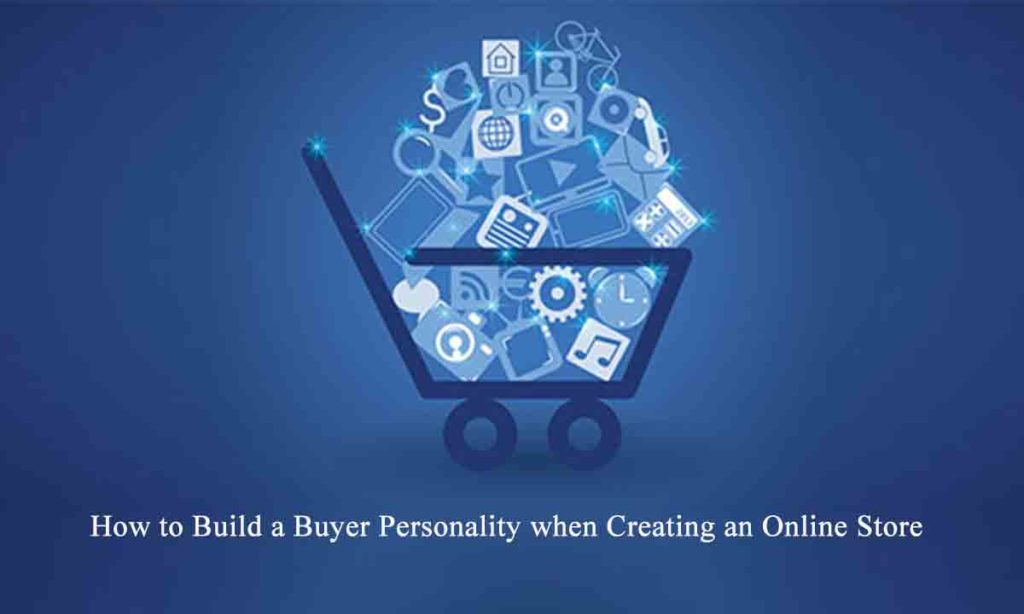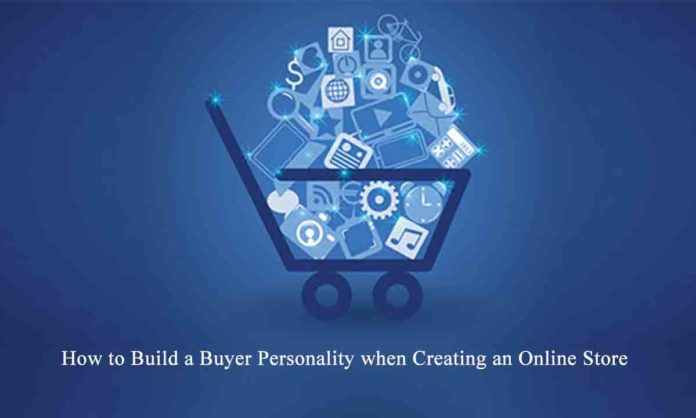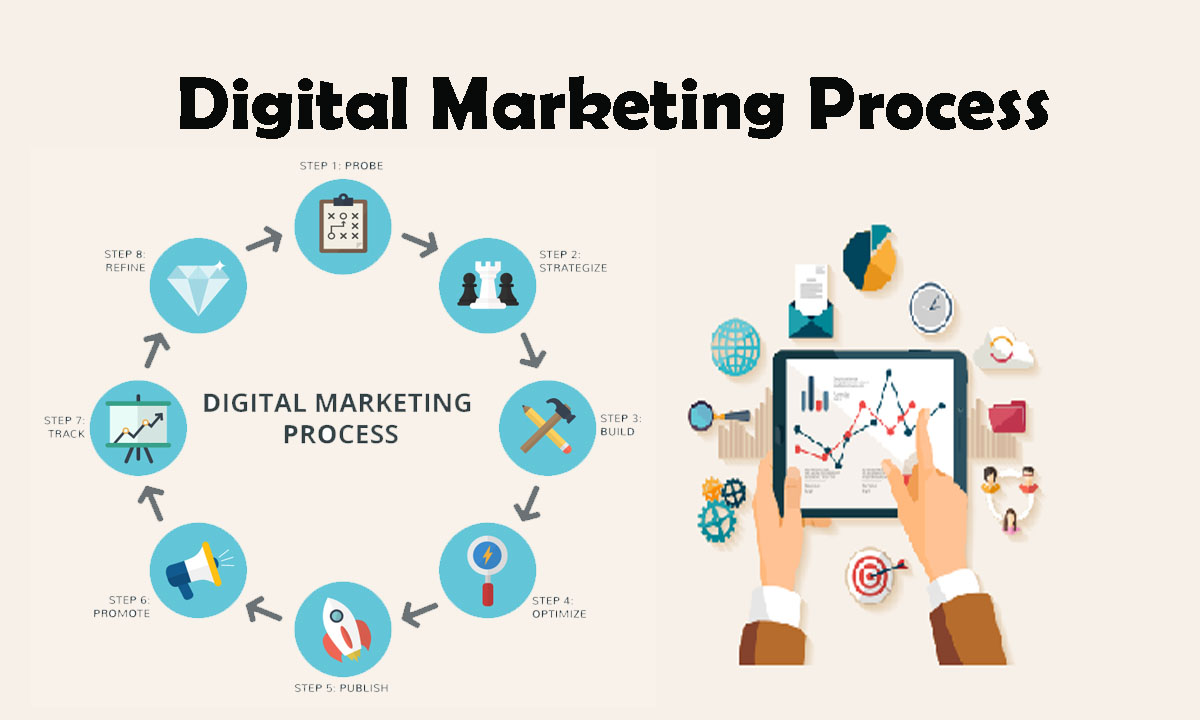Understanding that people will just come and buy goods from your online store can be fatal. Without having a clear idea of exactly who you should be targeting on the site itself and on the web as a whole, your efforts to build a successful internet business can easily fail. For this reason, creating a buyer persona is crucial in preparing for the design of any modern online store. Here we will define this approach coming from marketing and explain how it is put into practice.

What is a buyer persona
This is a virtual model that embodies the values, behavior, and demographic characteristics of the ideal brand customer. The data are analyzed and summarized. This model can be very complicated or very simple, depending on the type of brand and the people who buy from it.
Buying a buyer persona is based on the following factors, which will be considered separately here:
Demographics – These are used to segment the target audience into categories and include gender, age, marital status, education, profession, income, and so on. When using some types of data to build a buyer’s persona, intervals can be set, not fixed values. For example, online marketers most often target users in a given age range rather than a specific age.
Behavioral data– We are also talking about real information here, not justified assumptions. If your business already has an online presence, sources like Google Analytics Audience Reports can be used. If this is not the case, the developer of your online store should use available data from your niche and your competitors, including indirect ones. Behavioral data answers a number of important questions, such as where your potential customers will come from, and what their interactions with marketing content are.
Objectives– You may have heard this thousand of times, but it is important to emphasize that consumers do not want to buy goods but to solve their problems. What they buy is practically the solution. While behavioral data answers the question of how your potential customers buy, the goals explain why they buy. Finding data, in this case, is more difficult, with surveys and questionnaires being the most effective tool for this purpose.
How to create a buyer persona
in the practice of marketing and e-commerce design for different segments of the target audience, especially if it is broad, due to the fact that the seller offers many and varied goods. Also, when creating marketing campaigns, separate personas can be created depending on the stage of the buying process that the targeted users are on. However, in order to represent the very process of building a buyer’s persona, we will assume that it is one single and we will concentrate on the three types of data it includes.
Starting with demographics, it should be noted that gender must be handled very carefully. Although quite often there is an indirect definition of “men’s” goods (eg home appliances) and “ladies” (kitchen appliances, for example), the other sex should not be ruled out, even when it comes to clothing and accessories, especially due to the fact that that gift purchases are very common. At the same time, potential clients of both genders should be targeted differently.
It’s important for both eCommerce developers and marketers to look more deeply into the age range, which is determined when building the buyer’s persona. When it comes to yard maintenance tools, for example, target audiences typically consist of older people who own a house or villa. This is a fact that can be emphasized from a marketing point of view.
Income is one of the other major demographic characteristics. It is a major factor in creating a buyer persona as it determines the purchasing power of consumers. It’s pointless to target people who can’t afford the brand’s merchandise. It should also be noted that revenue plays an important role in personalizing the consumer experience and marketing offers offered to consumers.
When using Buyers’ behavioral data is fundamental to determining how well potential customers know the types of products offered by the brand, or at least how well they think they know them. People with broader knowledge most often make inquiries directly. In this case, online chat at the online store becomes a major selling tool. Consumers who have less knowledge of specific products are usually guided by images and product descriptions. Therefore, they should be both attractive and informative.
The behavioral data included in the ideal consumer model also enables the entire online purchasing process to be built. Analyzing them can determine how much consumers need to be “educated” about the products on offer and how much information they need to make a purchase with confidence. The actions that the brand must take to engage and retain them can also be defined.
Knowledge about the behavior of potential customers of the brand makes it easier to define their goals. The analysis usually shows very exactly what the users who come to your online store want to achieve. There are three main types of intent that are virtually universal:
– Viewing and Comparing Products
– Asking for Individual Information
– Direct Purchase
Each of these types of goals that the user has set can overflow into the other. The comp.arison may require additional information after receipt of which the consumer can make the purchase. Therefore, when defining the specific goals of the buyer’s persona, it is necessary to take into account not only its movement during the purchase process but also the smooth and fast transition from one goal to another.
If your potential customers are mostly motivated by the price, for example, promotional offers should be prioritized when building an online store. They can be displayed on the main banner on the homepage and below the item comparison tables. You can also use this in online marketing by targeting your potential customers with ads and emails for promotions.
The buyer persona is unique to each brand and the more precise it is outlined, the better the online store and its marketing campaigns will work. Once you have an idea of how it is built, it is important to understand what the negative person is. It is also valuable when using the ideal customer model.
The Negative Persona
This model summarizes the profile of users who would not buy goods from your online store. These are the people you don’t want to spend money on. The negative person is usually the opposite of the buyer.
One of the main principles behind creating a negative persona is not to over-exclude user characteristics, as this can lead to excessive narrowing of the target audience. In any case, it is not a good idea to exclude consumers close to the initial phase of the purchase process and those who may become customers of the brand in the not too distant future. The focus should be on features that strongly exclude particular users, such as very low income, for example.
Knowing customers as a prerequisite for successful online commerce
When contacting a developer to set up your e-commerce site, it is fundamental to communicate effectively with the team so that they can get to know your business well. The market research, which is done at the initial stage of the project, provides the data needed to build the buyer ‘s persona. It is at the heart of creating the conceptual design of the online store that you will be able to view, test, and discuss with the developer team. When the concept is refined and accepted, the actual online store will begin to be built.
Author Bio
Vikram Rana is Marketing Manager at LiftnGift and has served as the Head of Conversion Marketing at Planet Web Solution. He’s an expert in inbound marketing and lead generation.


















